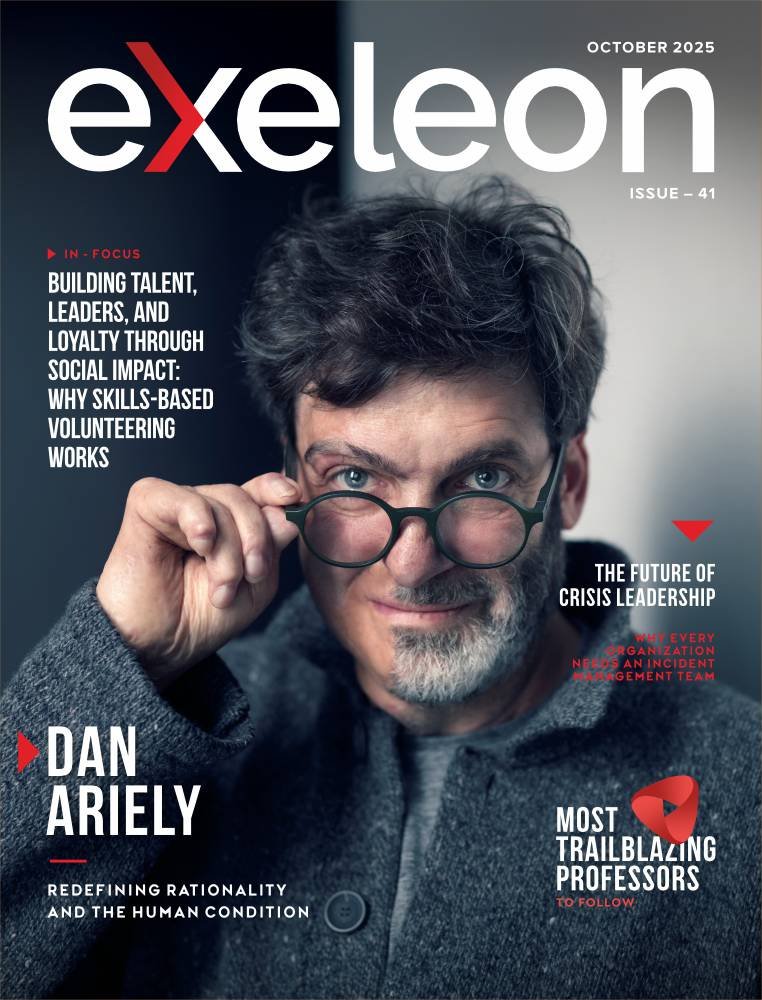
Adam Gant has emerged as a leader in the movement to solve the global housing affordability crisis. Based in Victoria, British Columbia, he has traveled the world in search of the data, business models and innovative initiatives that would point the way to real solutions in North America.
In Canada, the U.S. and beyond, he is known as a leading thinker on issues related to the housing finance system. His approach considers how central bank strategies, immigration policy and market trends interact to raise costs and limit supply. His insights and ideas provide a roadmap for policy makers, economists and academics who seek ways to improve affordability and accessibility for individuals and families.
Adam Gant serves as an advisor to several real estate groups, including Vancouver-based REAfe Advisory, which provides solutions to real estate businesses that want to explore new ways to streamline operations, increase revenues and manage acquisition, finance, capital structuring and sourcing funding.
Apart from his career experience as a real estate investment professional, Adam Gant is also an author, most famous for the novel he co-authored with Patricia Nicholson, A House Shared. Recently Adam discussed the significance, meaning and impact of this extraordinary book.
Q: A House Shared has been described as a must-read for anyone seeking a deeper understanding of the modern housing crisis. Many are surprised to learn that it’s not a dry academic report, but a novel. What inspired you to choose this format?
Adam Gant: As someone who has researched the housing crisis for decades, I am very aware that some of the best ideas never make it beyond academic journals or faculty symposia. Sometimes the debate occurs in a confined space, almost a bubble, with economists, professors and officials talking only with each other. It’s almost an abstract exercise, and as a result some of the best solutions never see the light of day.
I resolved to do something different — take the idea of “shared equity,” a concept that has been refined over the years, but in this case rather than a dry textbook, we made the concept the centerpiece of a lively story, an adventure. A House Shared has all of those elements — interesting characters of great depth, an enjoyable narrative, and a message. That message isn’t subtle. It’s not cloaked in symbols, allegories, or metaphors; it’s directly conveyed across the arc of the story. In that sense, the plot is similar to a parable; and that’s because the underlying message is so powerful.
Q: How does the story unfold?
Adam Gant: The setting is a place we can immediately recognize. It’s a place where families are forced to make a change and move from their home due to financial reasons, and find that affordable housing is out of reach, and experience first-hand what it’s like when fewer and fewer buyers compete for the best properties. It’s a place near the breaking point, illustrating people in crisis — individuals and families caught in a housing affordability crunch.
From the first line, the focus is on the struggle of one family, whose comfortable lifestyle is based on well-paying jobs in the software industry. When misfortune strikes, their tenuous hold on this life begins to slip away. Suddenly they find themselves fighting for survival — and fighting against market forces that make eviction seem inevitable, and a precarious position without a place to move into being a real possibility.
In the end, their way forward is shared equity. It’s a concept I began to explore more seriously in the wake of the 2008-09 financial crisis. After years of studying mortgages and markets in a variety of countries, from Asia to Eastern Europe. I could see more clearly what works and what doesn’t in a wide range of communities and cultures. This macro financial concept is woven throughout A House Shared. And although I don’t want to spoil the ending, the idea of shared equity has a real impact on the direction of their lives. And I believe it is eye opening from the reader’s perspective as well.
This is exactly what Patricia and I intended: to spread awareness, to ignite thought, to motivate action, and to find ways to apply shared equity on a large scale, to transform every downward metric that we see in regard to housing into hopeful optimism.
Q: So it’s a fun novel, but also a serious call to action.
Adam Gant: Yes, it’s a great read for the beach or airplane, but when the reader puts down A House Shared, we don’t want the first thought to be, “that was entertaining” and then forgot about the real reason for the book. We seek to generate critical thinking and inspire critically needed action. And by that we mean working in the local real estate markets, in communities, and at every level.
If you are a financial professional, there is a lot you can contribute to this movement in time and talent. If you are a government official, an academic or an economist, there is definitely an impact you can have. But the same is true if you’re not involved in finance and real estate at all and just want to improve the world around you.
You don’t need to be an investor or economics professor to know that we’re in a housing crisis, not just in Canada but in other markets in the US too. Home prices have skyrocketed, families cannot find starter homes, and countless individuals have no home at all.









